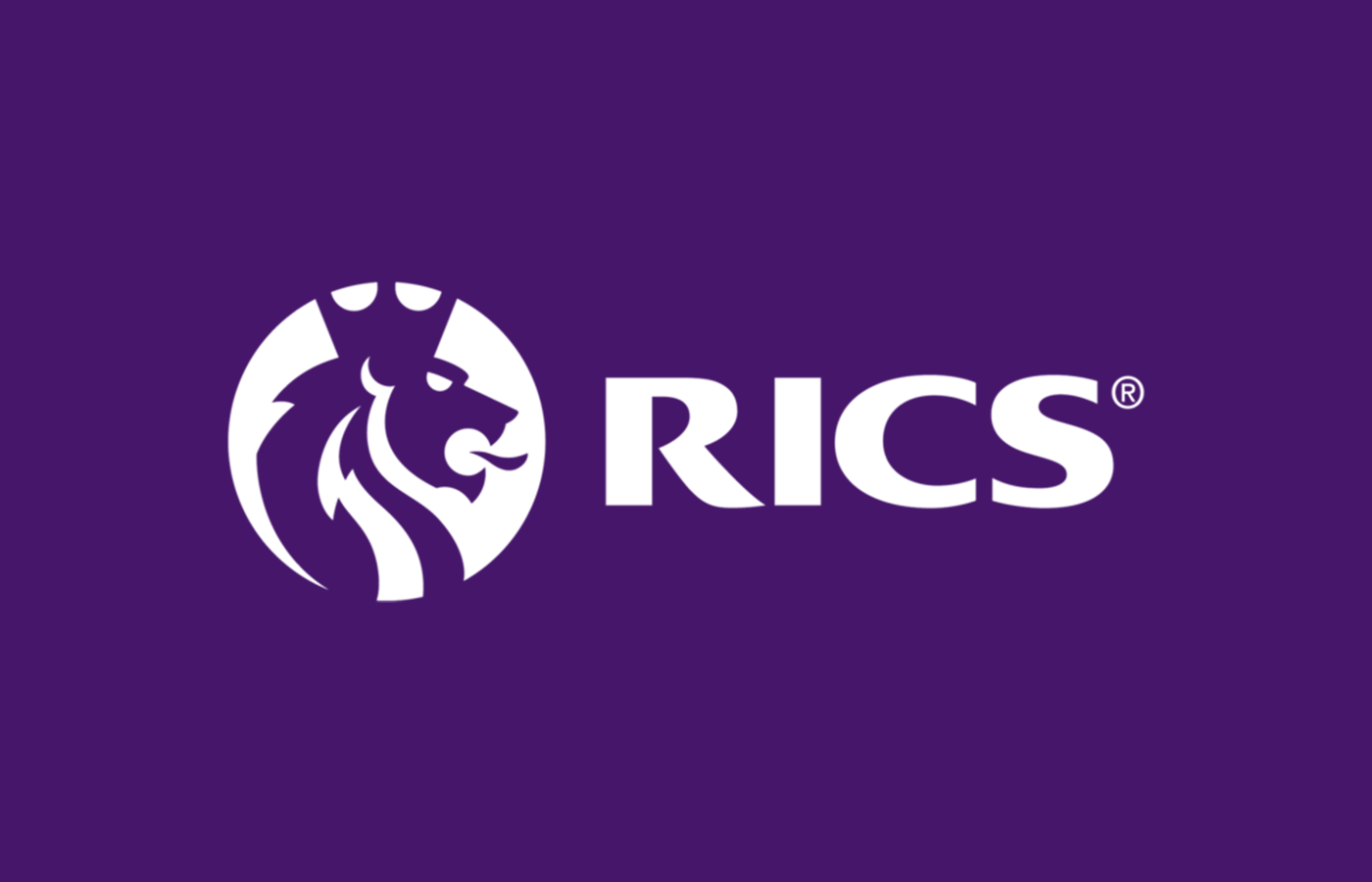Corporate real estate asset management strategy and implementation [electronic resource]
Language: English Publication details: Abingdon Routledge 2017Edition: 2nd edDescription: EBOOKISBN:- 9781315690445
- 333.33 $2 18
- 658.200941 $2 18
| Item type | Current library | Call number | Copy number | Status | Date due | Barcode | |
|---|---|---|---|---|---|---|---|
| Book | Virtual Online | eBook (Browse shelf(Opens below)) | 1 | Available | 159626-2001 |
The Cream Context -- Positon: Understanding the business environment -- Purpose: How company and corporate strategies can be aligned --Paradigm: How a company aligns its real estate with its culture, mission and values -- Processes: How real estate can support business processes, activities and work styles -- Procurement: Selecting appropriate real estate options that support the strategic and financial requirements of the corporate occupier -- Place: Selecting appropriate locations, buildings and configurations -- People: The importance of the interaction between people and real estate -- Planet: How CREAM can integrate sustainability, responsibility and governance -- Performance: How to measure and benchmark the performance of corporate real estate -- Productivity: How CREAM can support improved business productivity -- Case Study 1: A Sectoral view of CREAM: TMT -- Case Study 2: Implementing Activity Based Working -- Case Study 3: Activity based Workplaces -- Case Study 4: Benchmarking key CREAM components -- Case Study 5: Integrating Sustainability into CREAM practice -- Case Study 6: CREAM in the Public Sector -- Case Study 7: Coworking: JustCo Case Study Singapore -- Case Study 8: Workplace Transformation: Nokia connecting people -- Case Study 9: Headquarter reconfiguration: The Hong Kong Jockey Club
Focuses on successful and efficient use of corporate office space. Written from an occupier?s perspective, the book presents a ten-point Corporate Real Estate Asset Management (CREAM) model that offers advice on issues such as sustainability, workplace productivity, real estate performance measurement, change management and customer focus. In addition, new case studies provide real-life examples of how corporations in the UK, USA, Hong Kong and Abu Dhabi actively manage their corporate real estate.
